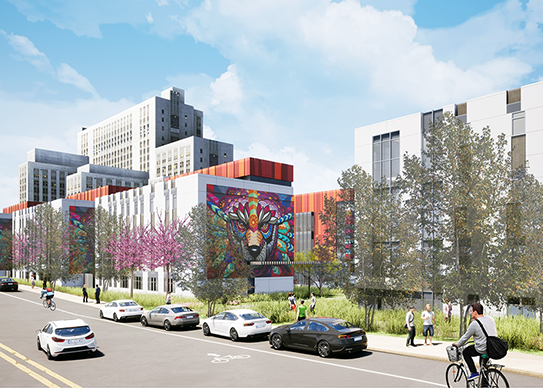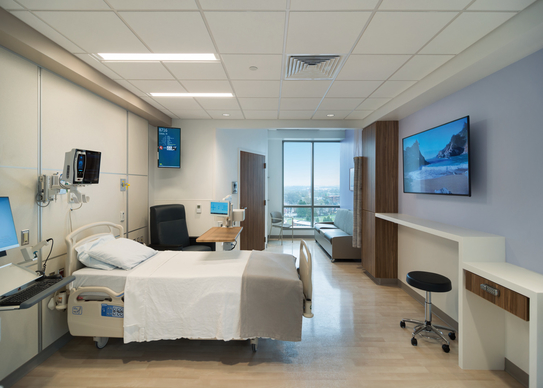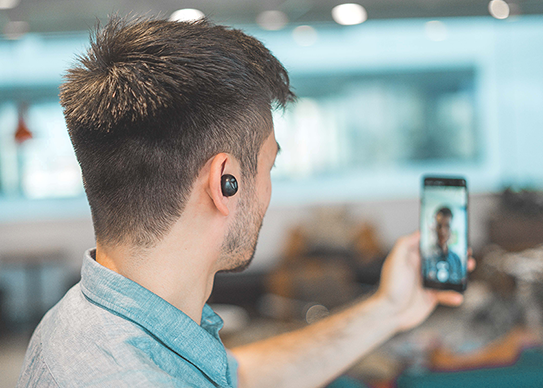In a recent article in Crain’s Chicago Business, Troy Hoggard, one of the leaders in our Chicago health practice, spoke to three key trends he believes will stick around post-pandemic.
Telemedicine will be widely used and refined
One of the first immediate shifts at the start of the pandemic was the use of telehealth, from therapy sessions to primary care appointments. The government and insurers increased reimbursement rates, and they will likely stick around. Now comes the time for healthcare organizations to figure out the best venue for telehealth appointments.
“I would rather not have the visit take place in the (provider’s) den, with a cat sitting on a desk and a salad bowl off to the side,” Hoggard told Crain’s. “I want to feel like they’re focused on me, that this is work time for them and that they’re not rushed or stressed.”
Keeping specialty care at outpatient centers
Outpatient centers in suburbs were already becoming more prominent as more people don’t live close to hospitals, particularly for specialty care. The Rush Oak Brook Outpatient Center, a project out of our Chicago office, expanded orthopedic and rehabilitation access and services for patients in the Chicago suburbs. This trend will likely continue as hospitals want to keep resources for critical patients and keep potentially contagious people away from hospitals.
“It’s about making sure that patients are appearing at the right place for the right level of care. You don’t want someone showing up in an emergency department that really ought to be talking to their primary care physician in an office visit,” says CannonDesign’s Hoggard, who worked on Rush’s Oak Brook facility.
Modular design will assist with space management
As healthcare organizations reevaluate their space needs going forward while maintaining a high-caliber patient experience, they may consider turning to prefabrication or modular design to get the most of space and budget.
“To accomplish this, designers are turning to prefabricated elements that ensure room-to-room consistency and maximum configurability. Hoggard says this practice, done right, can reduce the overall size of a health facility by up to 30 percent.”




